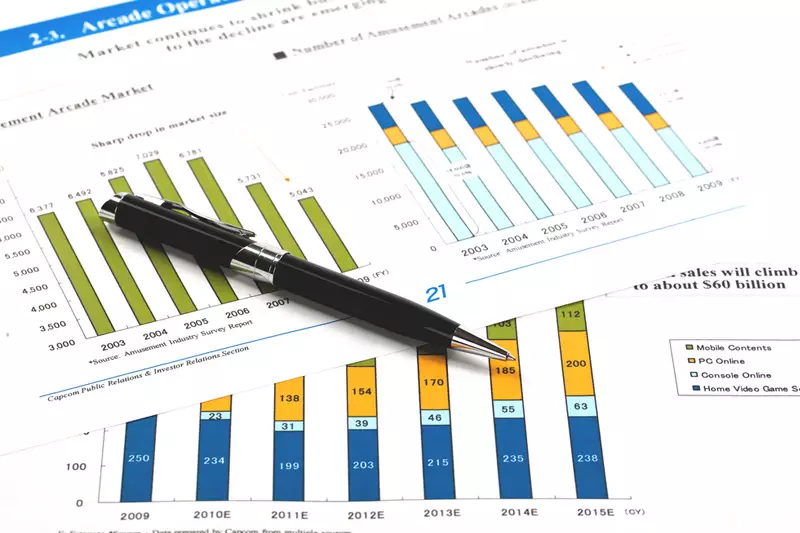The U.S. dollar has exhibited dynamic fluctuations in response to recent economic data, culminating in a mixed week that highlighted persistent concerns surrounding unemployment and the trajectory of interest rates. The interplay between economic reports, consumer sentiment, and market anticipation for policy adjustments by the Federal Reserve has kept analysts and investors on high alert.
On a recent Friday, the dollar managed to rebound after initially facing selling pressure due to a job report that indicated an uptick in unemployment and a moderate pace of job creation. This recovery was notable as it occurred shortly after the greenback had hit a three-week low against the euro, which ultimately closed at $1.0561, marking a 0.3% decline on that day. The euro’s performance was part of a broader narrative of decline, as it finished the week 0.2% lower, having faced losses in four of the last five weeks. This consistent trend raises questions about the eurozone’s economic health and the European Central Bank’s (ECB) subsequent policy maneuvers.
Amid these developments, the dollar also demonstrated resilience against the Japanese yen, maintaining stability at around 150 yen. This marked a 0.2% week-over-week gain for the dollar against the yen, reflecting ongoing shifts in investor sentiment and market dynamics as participants adjust their positions in response to fluctuating U.S. Treasury yields and expectations of Federal Reserve actions.
Mark McCormick, the head of foreign exchange and emerging market strategy at TD Securities, offered insight on the job report, labeling it as “noisy” yet ultimately indicating enough softness to support adjustments in foreign exchange positions. McCormick noted that the dollar’s trajectory, influenced by Treasury yields, suggested that market participants anticipate further easing from the Federal Reserve in the near term.
The upcoming Consumer Price Index (CPI) data is poised to play a pivotal role in shaping market outlooks. It represents the last major economic indicator prior to the pivotal Federal Reserve meeting scheduled for December. McCormick anticipates that should the CPI indicate stability or a modest rise, it could pave the way for the dollar to trend downward, presenting potential buying opportunities as early as 2025.
A crucial element in this discussion is the labor market performance. Despite the nonfarm payrolls showing an increase of 227,000 jobs, the overall employment picture revealed an uptick in the unemployment rate to 4.2%. This contrasts with economists’ expectations, who had forecasted payrolls to expand by approximately 200,000. The household survey, which is often more volatile, suggested a decline of 355,000 jobs—echoing concerns about job availability keeping pace with the growing labor force.
Shifts in consumer sentiment have also influenced dollar performance, particularly as indicated by the University of Michigan’s surveys. The December data revealed an unexpected rise in consumer sentiment, coupled with an increase in one-year inflation expectations from 2.6% to 2.9%. This uptick in sentiment served to bolster the dollar’s strength later in the trading day, pushing the dollar index—measuring the greenback against six major currencies—up by 0.3% to 106.
Such movements in consumer confidence are particularly significant as they may influence Federal Reserve decision-making regarding interest rates. Following the payroll data, futures pricing implied an 85% likelihood of a 25-basis point cut during the upcoming policy meeting. This marked a notable increase from 70% before the data release, illustrating how economic indicators can swiftly shift market expectations.
As the dollar moves through these turbulent times, analysts remain cautious. James Knightley, chief international economist at ING, indicated a strong likelihood of a rate cut, primarily to adjust monetary policy from restrictive to neutral territory. However, he emphasized that risks loom large if next week’s core CPI data exceeds expectations, which could alter the Federal Reserve’s planned course.
Further complicating the dollar’s landscape are geopolitical tensions, particularly in Asia. Reports regarding potential martial law declarations in South Korea led to a weakening of the local won, contributing to a brief boost for the dollar. Meanwhile, concerns over the Chinese yuan’s trajectory—facing its tenth consecutive week of losses—underscore the broader international economic pressures resulting from trade policies and tariffs.
As the U.S. dollar navigates through a complex economic environment marked by labor market uncertainties and impending inflation reports, investors remain actively engaged, poised for strategic adjustments as new data emerges and shapes the outlook for monetary policy. The evolving context reminds stakeholders of the intricate balance between domestic economic signals and global market reactions.

